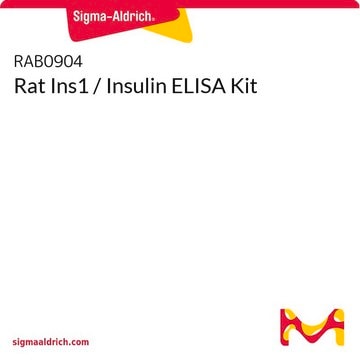V900890
Streptozocin
Vetec™, reagent grade, 98%, powder
Synonym(s):
N-(Methylnitrosocarbamoyl)-α-D-glucosamine, Streptozotocin
About This Item
Recommended Products
grade
reagent grade
product line
Vetec™
Assay
98%
form
powder
mp
121 °C (dec.) (lit.)
storage temp.
−20°C
SMILES string
CN(N=O)C(=O)N[C@H]1[C@@H](O)O[C@H](CO)[C@@H](O)[C@@H]1O
InChI
1S/C8H15N3O7/c1-11(10-17)8(16)9-4-6(14)5(13)3(2-12)18-7(4)15/h3-7,12-15H,2H2,1H3,(H,9,16)/t3-,4-,5-,6-,7+/m1/s1
InChI key
ZSJLQEPLLKMAKR-GKHCUFPYSA-N
Looking for similar products? Visit Product Comparison Guide
General description
Application
- to treat mice intraperitoneally for the animal experiments
- in sodium citrate buffer to treat mice intraperitoneally for in vivo STZ treatment to perform single-cell RNA sequencing of pancreatic endocrine cells
- to induce diabetes/diabetic retinopathy (DR) in mice to study the role of microglial spleen tyrosine kinase (Syk) in DR
Biochem/physiol Actions
Legal Information
Signal Word
Warning
Hazard Statements
Precautionary Statements
Hazard Classifications
Carc. 2 - Flam. Sol. 2 - Muta. 2
Storage Class Code
4.1B - Flammable solid hazardous materials
WGK
WGK 3
Flash Point(F)
Not applicable
Flash Point(C)
Not applicable
Certificates of Analysis (COA)
Search for Certificates of Analysis (COA) by entering the products Lot/Batch Number. Lot and Batch Numbers can be found on a product’s label following the words ‘Lot’ or ‘Batch’.
Already Own This Product?
Find documentation for the products that you have recently purchased in the Document Library.
Customers Also Viewed
Our team of scientists has experience in all areas of research including Life Science, Material Science, Chemical Synthesis, Chromatography, Analytical and many others.
Contact Technical Service












